Last night, after an amazing day where I proudly joined the first Women’s March on Washington in Auckland, we had a severe storm and lost power. Trees and power lines crashed down around Auckland and roads were closed. It seems only appropriate that today I judged the IPA Climate change competition.
It also seems appropriate as it is the day after the inauguration of Donald Trump as president of the USA. If only he could see the shots I’ve been looking at- clear proof of the damage wrought upon the planet by humans.
However, I digress. My job is to judge, first and foremost, whether the photography is worthy of a high score.
Here are the things I looked for as I worked my way through this incredible collection of images from around the world:
1.It must be a stunning, arresting image
I saw several grainy long distance shots of polar bears, taken from a long lens in an exciting rare moment. I saw numerous shots of dead fish and icebergs. I saw people wearing face masks in crowded cities. Yet not all of them were beautiful, striking images. The ones that I gave the highest score to showed these things, AND were beautiful.
Your shot should be stunning, even if the content is important. It should be beautifully shot BECAUSE the content is important. Climate change is important. It deserves to be captured in a way that draws you in. It deserves to be exhibited in a gallery on a wall, as much as on social media.
My criteria? Good composition, excellent use of lighting (available or otherwise), and something I ‘get’ upon first glance. On top of that, it should be emotive. It’s the criteria upon which I base all my editing. If it’s not stunning and arresting, it may just get swallowed up in the quagmire of phone snaps that appear on your device and disappear into oblivion.
2. It must be unique.
Polar bears are plunging into extinction. Icebergs are a frightening reminder of our current situation. So is cracked earth. Dead trees poking out of floodwater. All vital signs. Yet how do you show them so they look different to all the other shots of the same topic?
I have to say, by the time I finished a day’s worth of judging, I had seen so many black and white shots of power stations, deforested hills, and cracked earth (sepia toned!) that I didn’t want to look at another. (My poor clients….take note!)
The shots I loved stood out from the crowd, and took a unique approach to deservedly well-worn themes.
3. Quality
Honestly, some photographs look like they were taken on an i phone. Or maybe they’re just low res. Either way, they didn’t meet the quality of most the others in the competition.
For goodness sake, if you’re going to the trouble of paying for a submission and you want to be taken seriously, at the very least make sure your shots meets the specs. Does it look good on a laptop screen? On a decent sized computer screen? You are up against some stiff competition, but this is a simple step you should be able to get right. Whatever the content.
Better still, give the shot some love. Grade it. Crop it. Clean it up (as appropriately as acceptable). Don’t ignore attention to detail and compromise the quality the subject deserves.
4. An engaging, succinct written description.
I like to think I’m a diligent judge. If the shot meets the above criteria I’ll look longer and explore the content and message. Is there a description? If so it needs to be engaging and actually tell me something that is relevant to the shot.
More importantly, I’m intrigued by the photographer’s connection with that message. What is your motivation? What was your experience? The best description in the whole competition told me a story about the moment the shot was taken. It captured my imagination and the photographer cleverly drew me into the experience.
We all connect through stories. If you can find a single interesting moment that is relevant to the image, and you can capture it succinctly, I suspect that you’ll help push your score up a notch.
The above points don’t just apply to competitions. They apply whenever you are sharing your images on much-photographed topics. How much do you care that your shots stand out in a crowd?
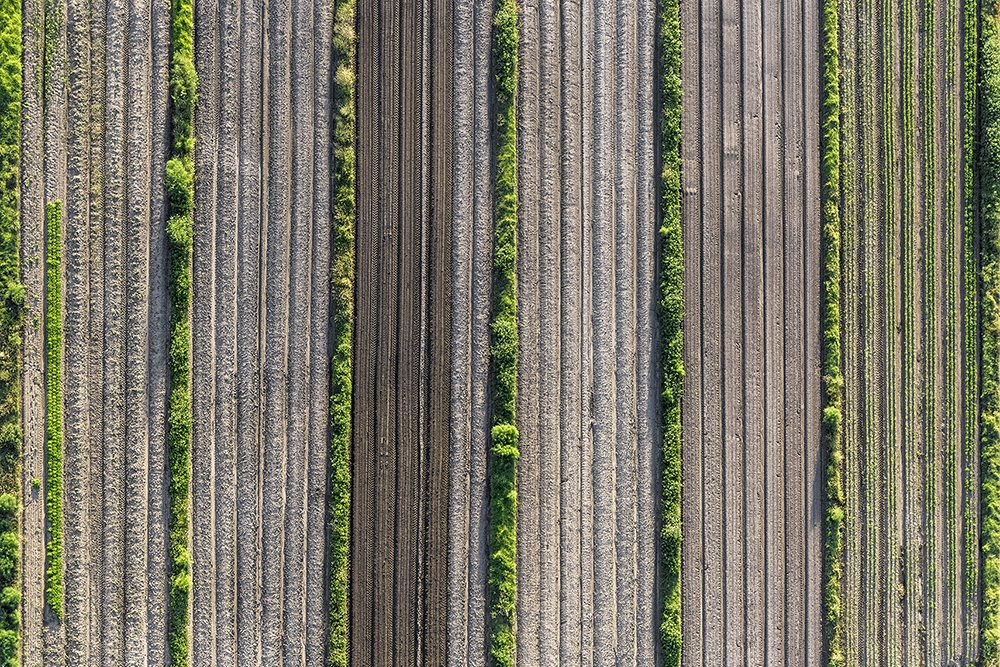
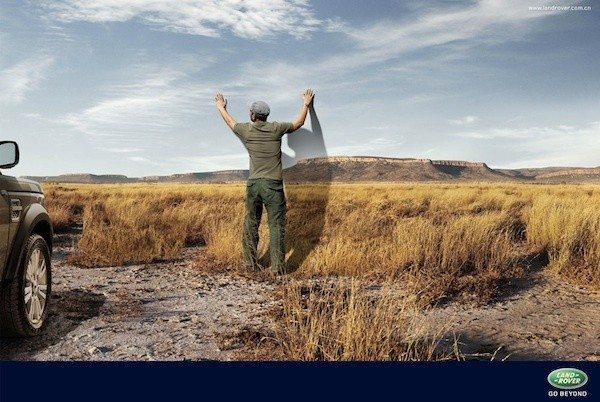 Marketing
Marketing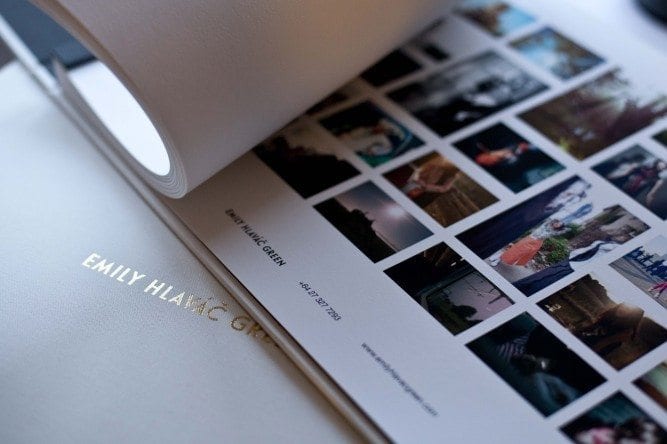 Folios & Editing
Folios & Editing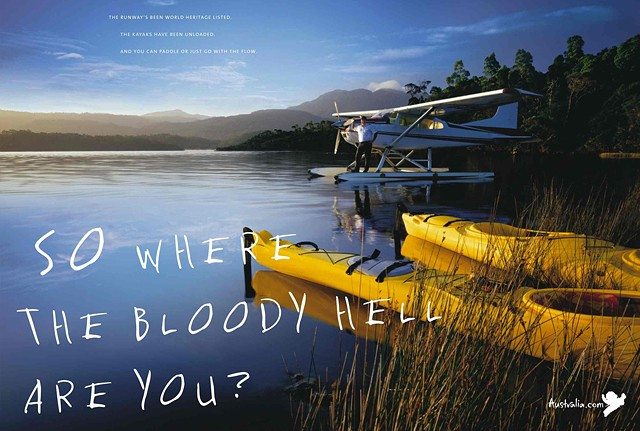 Finding Direction
Finding Direction Asia Assignments
Asia Assignments Personal Work
Personal Work Closing the deal
Closing the deal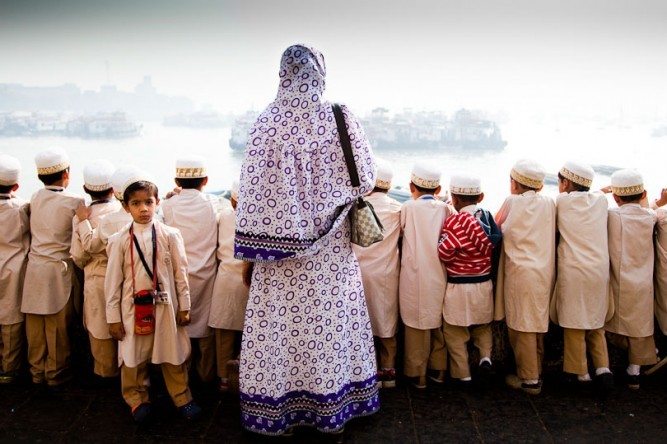 Most Recent
Most Recent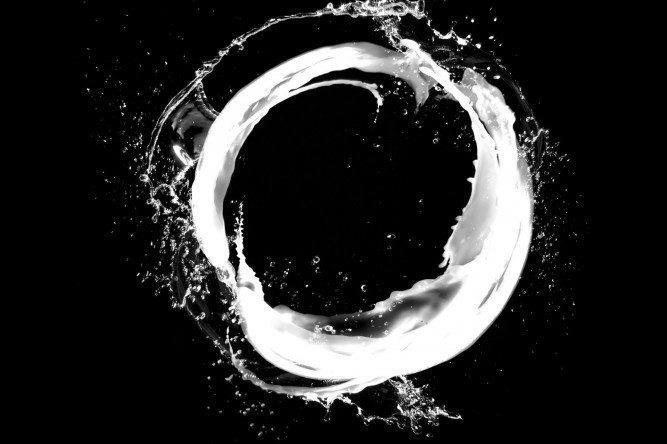 Case studies
Case studies Interviews
Interviews